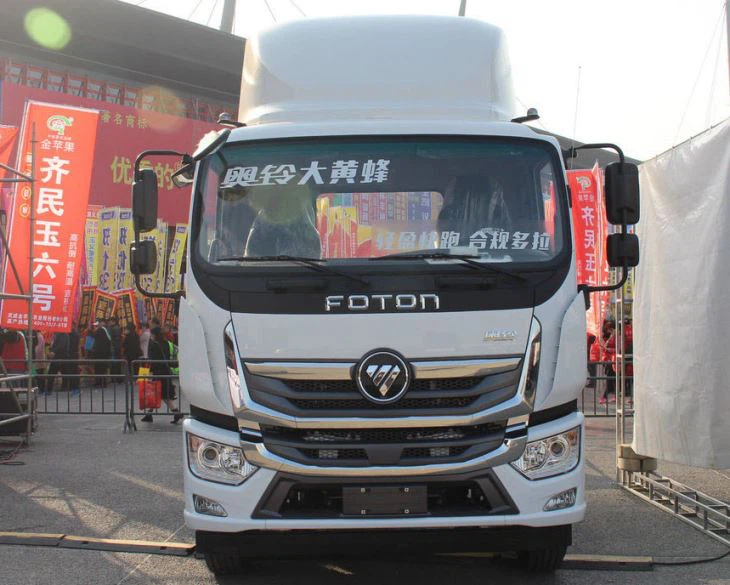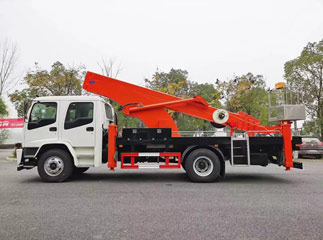Ultimate Guide to PTR Balers: Everything You Need to Know

Balers play a crucial role in agriculture and recycling, offering efficient solutions for handling various types of waste materials. Among the various types of balers, PTR balers stand out for their durability and versatility. This article will delve into the details of PTR balers, including their features, benefits, applications, and maintenance tips.
What is a PTR Baler?
A PTR baler is a type of equipment designed to compress materials like cardboard, paper, plastic, and other waste into compact bales for easy handling and transport. PTR stands for “Pennsylvania Transformer Technology,” a reputable manufacturer known for creating high-quality baling equipment.
Types of PTR Balers
PTR offers several types of balers, each catering to different needs and applications:
- Vertical Balers: Ideal for businesses with limited space, these machines compress materials vertically, making them perfect for small to medium volume processing.
- Horizontal Balers: Designed for larger operations, horizontal balers can handle higher volumes of material and are more efficient for large-scale recycling.
- Automatic Balers: These devices require minimal operator intervention and can automatically feed, compress, and eject bales, saving time and increasing efficiency.
Benefits of Using PTR Balers
Using PTR balers comes with numerous advantages that can enhance operational efficiency and sustainability.
1. Improved Waste Management
PTR balers help businesses manage waste effectively by reducing the volume of discarded materials. This not only simplifies disposal but also minimizes environmental impact.
2. Cost-Effective Solution
By compressing recyclable materials, businesses can lower transportation costs. Smaller bales occupy less space, enabling more efficient logistics.
3. Versatility
PTR balers can handle a variety of materials, including plastics, aluminum, cardboard, and paper, making them suitable for different industries.
4. Increased Revenue from Recycling
Selling baled materials can provide an additional revenue stream. The higher the volume of material processed, the more income generated from recycling.
5. Enhanced Safety
By compacting waste, PTR balers reduce the risk of workplace hazards associated with cluttered environments, promoting a safer work atmosphere.
Applications of PTR Balers
PTR balers find applications in various industries, making them incredibly versatile:
1. Retail and Grocery Stores

Businesses in the retail industry produce significant amounts of cardboard and plastic waste. PTR balers help streamline the recycling process, allowing these companies to maintain cleaner, more organized store environments.
2. Manufacturing Facilities
Manufacturers often deal with residual materials that can be recycled. PTR balers help compress these by-products, making disposal and recycling more efficient.
3. Distribution Centers
High-volume distribution centers generate considerable amounts of waste. Implementing PTR balers allows these facilities to manage waste effectively and sustainably.
4. Paper and Plastic Recycling Industries
PTR balers are crucial in recycling plants, where they compact large amounts of paper, plastic, and metal for easy transport to processing facilities.
5. Agriculture
In agriculture, balers are useful for compressing straw, hay, and other organic materials, making them easier to handle and transport.
How to Choose the Right PTR Baler
Consider the Following Factors:
1. Volume of Material
Assess how much waste your business generates. For higher volumes, a horizontal baler might be more suitable, while a vertical baler may suffice for lower volumes.
2. Space Availability
Evaluate your available space. Vertical balers require less footprint compared to horizontal balers.
3. Type of Material
Different balers can handle different materials. Make sure to choose a baler compatible with the waste you plan to compress.
4. Budget
Determine your budget, as balers can be a significant investment. Factor in not just the purchase price, but also operational costs and maintenance.
5. Automation Needs
If your operation requires high efficiency, consider automatic balers, which streamline the baling process.
Maintenance Tips for PTR Balers
To ensure longevity and optimal performance of your PTR baler, follow these maintenance tips:
1. Regular Inspections
Conduct frequent checks for wear and tear on belts, chains, and hydraulic systems to catch potential issues before they escalate.
2. Clean the Machine
Keep the baler clean to prevent material buildup and potential jams. Regular cleaning improves efficiency and extends the machine’s lifespan.
3. Lubricate Moving Parts
Regularly lubricate moving components to reduce friction and wear, helping your baler operate smoothly.

4. Follow Manufacturer Guidelines
Adhere to the manufacturer’s maintenance schedule and recommendations for optimal performance and safety.
Cost of PTR Balers
The price of PTR balers varies based on type, size, and features. Here’s a detailed overview:
| Baler Type | Approximate Cost Range |
|---|---|
| Vertical Baler | $3,000 – $15,000 |
| Horizontal Baler | $15,000 – $50,000 |
| Automatic Baler | $25,000 – $70,000+ |
Note that these prices can vary based on additional features, capacity, and brand reputation.
Where to Buy PTR Balers
PTR balers can be purchased from various dealerships and online platforms. Here are some recommendations:
1. Authorized PTR Dealers
Visit the official PTR website or authorized dealerships for reliable purchase and service options.
2. Online Marketplaces
Check well-known platforms such as eBay or MachineryTrader for new and used PTR balers, ensuring to verify seller ratings.
3. Trade Shows and Expos
Agricultural and recycling trade shows are excellent venues to explore various balers, including PTR options, and often feature manufacturer demonstrations.
4. Local Equipment Rentals
Consider renting a PTR baler if you’re not ready to commit to a purchase. Rental companies often have flexible agreements and maintenance options.
PTR Baler FAQs

1. How do I operate a PTR baler?
Operating a PTR baler typically involves loading materials into the chute, activating the machine, and allowing it to compress the materials into bales. Always follow the manufacturer’s instructions for safe operation.
2. What safety measures should I follow when using a PTR baler?
Always wear appropriate personal protective equipment (PPE), ensure the area around the baler is clear, and never place hands or tools into the machine while it’s in operation.
3. Can I bale wet materials with PTR balers?
While some balers are designed to handle wet materials, it’s generally recommended to bale dry materials for best results. Always check the manufacturer’s guidelines.
4. How does baling affect the recyclability of materials?
Baling materials helps to maintain their quality and make them more manageable for transportation and recycling processes. Properly baled materials are easier to sort and process at recycling facilities.
5. What happens if a baler jams?
If a baler jams, it’s important to stop the machine immediately and follow the manufacturer’s troubleshooting guide to safely clear the jam without risking injury.
6. Are PTR balers environmentally friendly?
Yes, PTR balers are designed to promote recycling and waste reduction, contributing to more sustainable business practices and reducing landfill waste.
